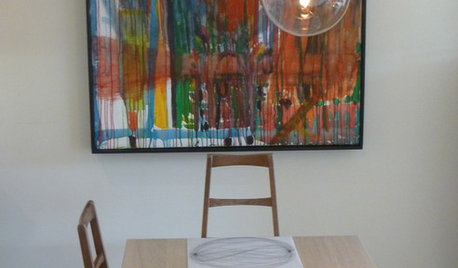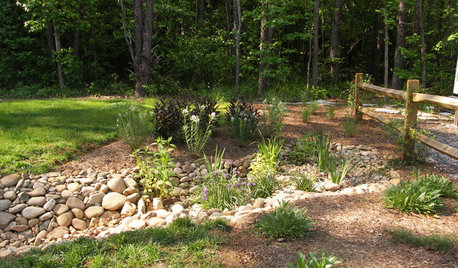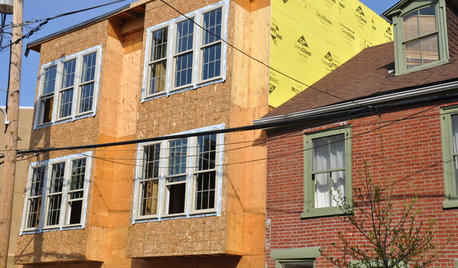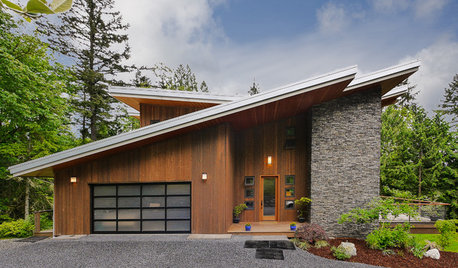Does my 5:1:1 mix look right?
val1
11 years ago
Related Stories

HOUZZ TOURSHouzz Tour: Just-Right Realism in an Eclectic Family Home
With 1,100 square feet, a modest budget and 2 young children, a San Francisco family embraces a creative DIY approach
Full Story
LANDSCAPE DESIGN5 Steps to Selecting the Right Plants for a Rain Garden
A simplified look at selecting plants for a rain garden
Full Story
INSIDE HOUZZHow Much Does a Remodel Cost, and How Long Does It Take?
The 2016 Houzz & Home survey asked 120,000 Houzzers about their renovation projects. Here’s what they said
Full Story
MOST POPULARThe Right Way to Test Paint Colors
Here are 5 key steps to take to ensure you're happy with your wall paint color
Full Story
REMODELING GUIDESBathroom Workbook: How Much Does a Bathroom Remodel Cost?
Learn what features to expect for $3,000 to $100,000-plus, to help you plan your bathroom remodel
Full Story
DECORATING GUIDESDecorating Secrets: How to Layer Patterns Right
Here's How to Get That Perfect Mix of Color, Shape, Texture and Scale
Full Story
WORKING WITH PROS5 Steps to Help You Hire the Right Contractor
Don't take chances on this all-important team member. Find the best general contractor for your remodel or new build by heeding this advice
Full Story
DECORATING GUIDES5 Decorating Tips for Getting Scale Right
Know how to work art, sectionals, coffee tables, lamps and headboards for a positively perfect interior
Full Story
EXTERIORS5 Types of Sloping Roofs That Hit the Right Pitch
These modern houses approach the everyday roof from a different angle
Full Story
FLOORS5 Reasons Vinyl Flooring Might Be Right for You
This increasingly popular flooring material has some very real benefits
Full Story








meyermike_1micha
greenman28 NorCal 7b/8a
Related Professionals
Ashland Landscape Architects & Landscape Designers · Windham Landscape Architects & Landscape Designers · Franconia Landscape Architects & Landscape Designers · Garden City Landscape Architects & Landscape Designers · Oatfield Landscape Architects & Landscape Designers · Stoughton Landscape Contractors · Alpharetta Landscape Contractors · Choctaw Landscape Contractors · Cockeysville Landscape Contractors · Elmhurst Landscape Contractors · Hilo Landscape Contractors · Hurricane Landscape Contractors · Kaneohe Landscape Contractors · Oklahoma City Landscape Contractors · Pompano Beach Landscape Contractorstapla (mid-Michigan, USDA z5b-6a)
val1Original Author
maria_c
tapla (mid-Michigan, USDA z5b-6a)
greenman28 NorCal 7b/8a
ptbaker
tapla (mid-Michigan, USDA z5b-6a)
ptbaker
tapla (mid-Michigan, USDA z5b-6a)
ptbaker
tapla (mid-Michigan, USDA z5b-6a)
ptbaker
abunari
tapla (mid-Michigan, USDA z5b-6a)
Lulu Ho